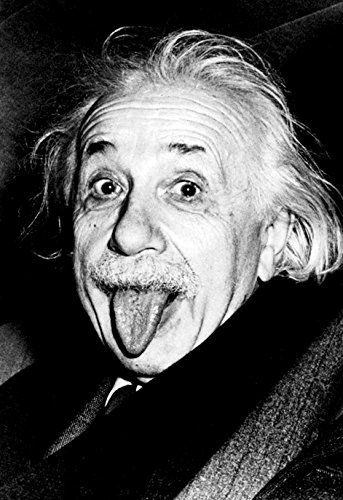Albert Einstein

In 1917, a year after Albert Einstein’s general theory of relativity was published—but still two years before he would become the international celebrity we know—Einstein chose to tackle the entire universe. For anyone else, this might seem an exceedingly ambitious task—but this was Einstein.
Einstein began by applying his field equations of gravitation to what he considered to be the entire universe. The field equations were the mathematical essence of his general theory of relativity, which extended Newton’s theory of gravity to realms where speeds approach that of light and masses are very large. But his math was better than he wanted to believe—his equations told him that the universe could not stay static: it had to either expand or contract. Einstein chose to ignore what his mathematics was telling him.
The story of Einstein’s solution to this problem—the maligned “cosmological constant” (also called lambda)—is well known in the history of science. But this story, it turns out, has a different ending than everyone thought: Einstein late in life returned to considering his disgraced lambda. And his conversion foretold lambda’s use in an unexpected new setting, with immense relevance to a key conundrum in modern physics and cosmology: dark energy.

